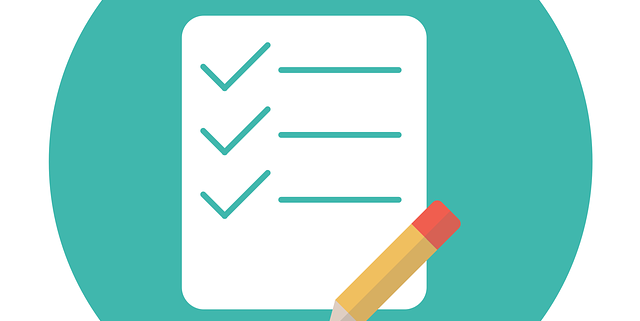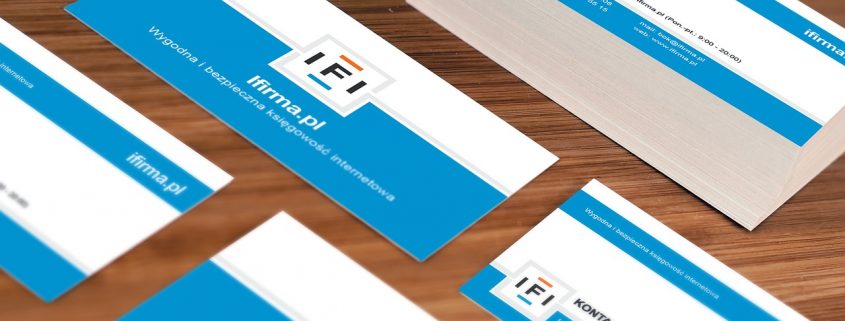Sing Your Heart Out: Late-Night Karaoke Spots in Daegu
Discover the Best Late-Night Karaoke Spots in Daegu
When the sun sets in Daegu, the city doesn’t slow down. Instead, it comes alive with a different kind of energy, one filled with music, laughter, and the thrill of late-night karaoke. Whether you’re a seasoned performer or someone who loves to sing just for fun, Daegu offers a variety of karaoke 대구op spots where you can belt out your favorite tunes until the early hours. Here’s a guide to some of the best places to enjoy late-night karaoke in Daegu.
Noraebang Heaven: Karaoke Rooms Galore
Luxury Noraebang
Located in the bustling district of Dongseong-ro, Luxury Noraebang lives up to its name. This place offers private rooms equipped with high-quality sound systems and a vast selection of songs in multiple languages. The stylish decor and comfortable seating make it an excellent choice for those who want to sing in a chic and cozy environment. Open 24 hours, it’s a popular spot for both locals and tourists looking to keep the party going all night.
Coin Noraebang
For a more budget-friendly option, Coin Noraebang is perfect. Scattered throughout the city, these venues allow you to pay per song, making it a great option if you’re looking for a quick karaoke fix. Despite the low cost, the sound quality and song selection are impressive. Many locations are open around the clock, ensuring you can always find a place to sing, even after midnight.
Unique Karaoke Experiences
Sing Sing Bar
If you’re looking for a blend of karaoke and socializing, Sing Sing Bar in Banwoldang is the place to be. This bar features an open karaoke stage where you can perform in front of other patrons, adding a bit of performance excitement to your night. The friendly atmosphere and great drink selection make it a hit among both locals and visitors. Open until the early hours, it’s an ideal spot for late-night fun.
Music Box Karaoke
Music Box Karaoke offers a more intimate and relaxed setting. Located near Kyungpook National University, this spot is popular among students and young adults. The rooms are cozy, and the song list is extensive, featuring both international hits and Korean classics. It’s a fantastic place to unwind with friends and sing to your heart’s content.
Themed Karaoke Spots
Retro Karaoke
For a nostalgic experience, Retro Karaoke in Seomun Market is a must-visit. This venue takes you back in time with its retro decor and classic song selections. Whether you want to sing old-school K-pop or timeless Western hits, Retro Karaoke has got you covered. Open until late, it’s a fun way to relive the golden days of music.
K-Pop Karaoke
Daegu is a city that loves its K-pop, and K-Pop Karaoke near Daegu Station caters specifically to fans of the genre. The rooms are decorated with posters of popular K-pop groups, and the song selection is heavily focused on the latest and greatest K-pop hits. It’s a dream come true for any K-pop enthusiast looking to sing along to their favorite tunes all night long.
Tips for Enjoying Late-Night Karaoke in Daegu
Plan Ahead
While many karaoke spots in Daegu are open 24 hours, it’s always a good idea to plan your visit. Some of the more popular places can get crowded, especially on weekends. Making a reservation, if possible, can save you time and ensure you get a room.
Bring Friends
Karaoke is always more fun with friends. Gather a group and head out for a night of singing and laughter. Whether you’re celebrating a special occasion or just want to have a good time, karaoke in Daegu is a great way to bond and create unforgettable memories.
Try New Songs
Don’t be afraid to step out of your comfort zone and try new songs. With such a wide selection available, you might discover a new favorite or surprise yourself with your singing abilities. Plus, it’s all about having fun, so let loose and enjoy the moment.
Conclusion
Daegu’s late-night karaoke scene is vibrant and offers something for everyone. From luxurious rooms to budget-friendly options, and from themed venues to unique experiences, there’s no shortage of places to sing your heart out. So, next time you find yourself in Daegu after midnight, make sure to explore these fantastic karaoke spots and create some musical memories.





